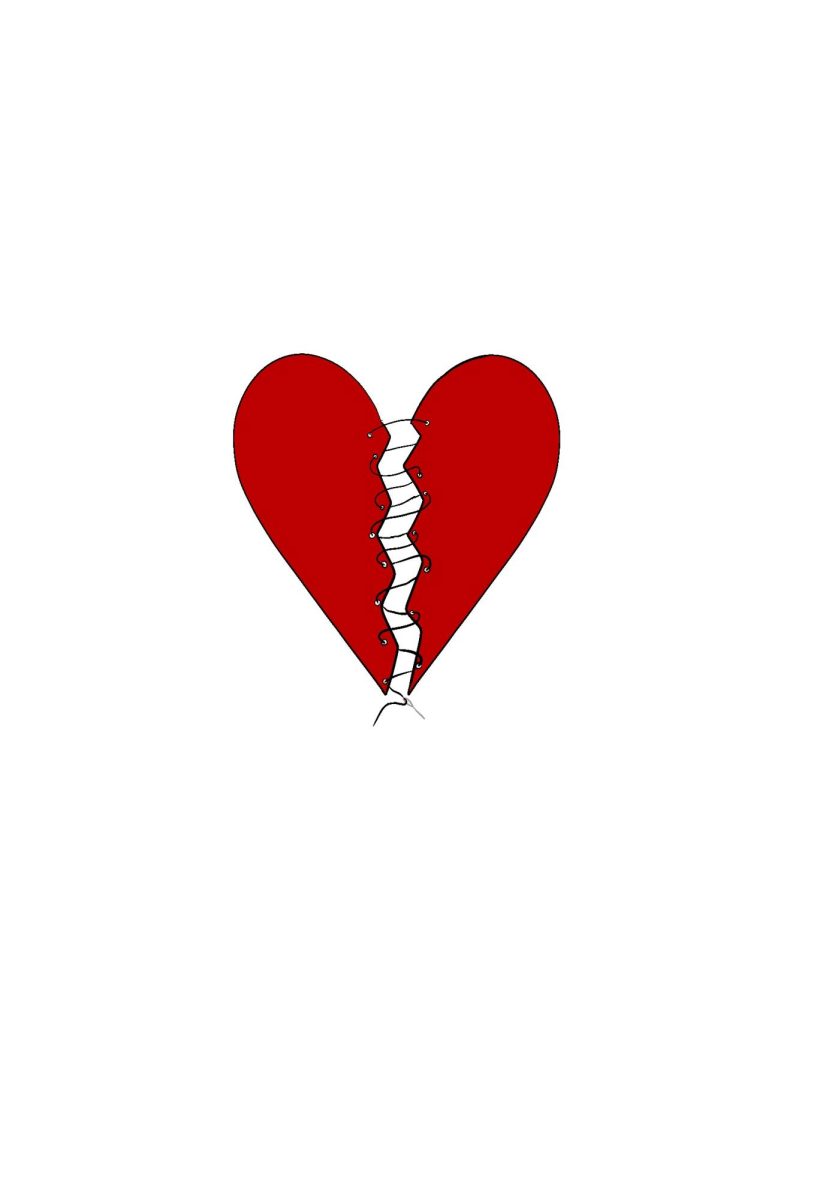Frankenstein, the story of a man trying to control death; 1984, the story of an oppressive government; Pride and Prejudice, the timeless trope of enemies to lovers; these stories all have one main thing in common: they’re all classic novels.
By the time a student has graduated from high school, they have most likely read, or at least been assigned to read, a classic novel. Whether it be Fitzgerald’s “The Great Gatsby” or Steinbeck’s “The Grapes or Wrath” and perhaps even Bradbury’s “Fahrenheit 451”,most students should have some level of familiarity with the classics.
Amongst scholars, the common consensus for a novel to be considered a classic is does it have literary merit, contain a universal message and has it stood the test of time?
According to MacMillan publisher Harriet Sanders, a novel should be complex enough to transcend the time period it was written in, but a classic “brilliantly articulates universal themes … and offers revelatory insight and clarity to readers of any era.”
One of the main criteria for a novel to be considered a classic is its age. It has to prove that it is still important and respected, but that could mean a myriad of different ages, anywhere ranging from, at least, 50 or more years.
A novel such as “Frankenstein” by Mary Shelley needs “a few generations to determine whether it deserves to be called a classic, ” said journalist for ThoughtCo and former author Esther Lombard.
In a study of 105 North students, 50.8 percent said that a classic had to be at least 100 years old. 15.5 percent said it had to be over 100 years old to be considered.
Due to the older age of classics, they can be quite challenging to read, which is exactly why English teacher Julie Fornelli believes classics should continue to be taught.
“One reason I enjoy teaching classics is because they’re difficult; they teach a valuable lesson of academic grit,” Fornelli said. “Many classics require serious perseverance and analytical skills. These should be presented to older students.”
Reading these classic books has become a lot less prevalent in modern society
. In a different study of 102 North students 75 percent said they enjoy reading in general, but 65 percent said they did not enjoy reading classic literature.
Senior Cailin Reidy believes it’s because classics are too different from our lives now. She says it’s because “the language, the setting, and the way things are done are so incredibly different from our lives now.”
Not only are students not reading because of lack of enjoyment, but social media plays a large part in the decline as well.
AP Psychology teacher Kristen Foreman says that modern society has gotten too used to “immediate gratification” and novels aren’t able to give them that gratification as quickly as social media.
“The reward for the reader is a lot more delayed than scrolling through TikTok,” Foreman said.
While there hasn’t been a resurgence in specifically classic novels, there has been a slight revival in reading in general since the pandemic. Though that has started declining again.
Published author and editor of Tonerbuzz, Rob Errera found that since the pandemic started, book sales had risen by 8.9 percent. Six months into 2023, though, he found that they have started to decline again by 2.7 percent. The book sales have gone down from 363.4 million to 353.5 million since 2022.
Classic books are still something highly prevalent in our society today as many of them are used in classrooms at North throughout the year.
According to dual credit psychology teacher Brandie Schlott, North uses around 20 different novels, short stories, and plays that would be considered classics.
From Oedipus to the Most Dangerous Game, classic books are used throughout not only this school, but are read and enjoyed around the world. Even with the decline in popularity throughout the years, they are still renowned by many.



